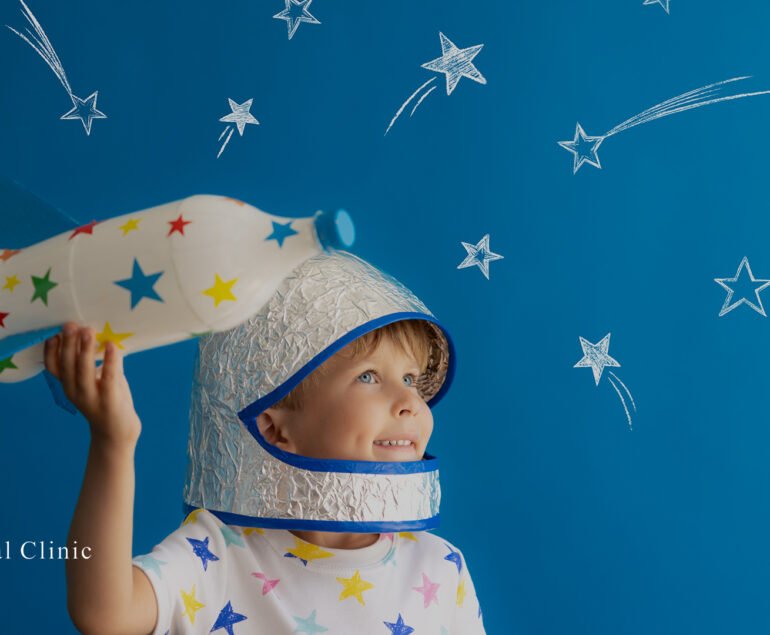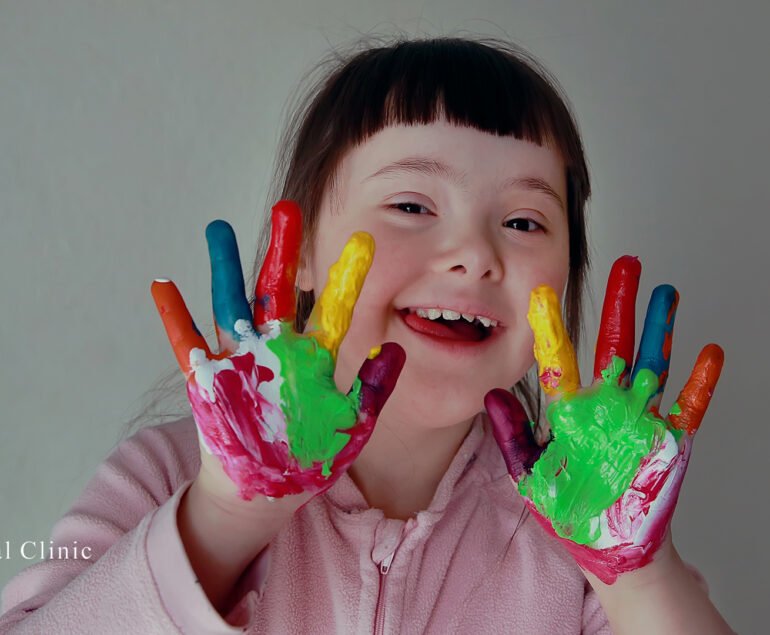Ear Discharge in Babies: Causes and When to See a Doctor
Ear discharge, medically referred to as otorrhea, is a relatively common occurrence in babies and can be concerning for parents. Understanding the causes and knowing when to seek medical advice are crucial for ensuring the health and well-being of your little one. This article explores the potential reasons for ear discharge in babies and provides guidance on when to consult a healthcare professional.
Common Causes of Ear Discharge in Babies
Ear Infections: One of the most prevalent causes of ear discharge in babies is an ear infection, particularly otitis media. This condition occurs when the middle ear becomes inflamed and infected, often due to bacteria or viruses. Symptoms include ear pain, fever, irritability, and a yellow or greenish discharge. Otitis externa, or swimmer’s ear, is another type of infection that affects the outer ear canal and can lead to a watery or pus-like discharge.
Earwax Buildup: Earwax, or cerumen, is a natural substance produced by glands in the ear canal to protect and clean the ear. In some cases, an excess buildup of earwax can become softened by moisture and start to drain from the ear, appearing as a yellow or brown discharge. While this is generally harmless, it can sometimes cause discomfort or hearing issues.
Foreign Objects: Babies are naturally curious and may insert small objects into their ears, such as beads, food particles, or small toys. If a foreign object becomes lodged in the ear, it can cause irritation, infection, and subsequent discharge. Parents should be cautious and seek medical assistance if they suspect something is stuck in their baby’s ear.
Eardrum Rupture: A perforated eardrum can result from a severe ear infection, sudden changes in air pressure, loud noises, or physical injury. When the eardrum ruptures, it may release a sudden discharge of clear, bloody, or pus-like fluid. Although eardrum ruptures often heal on their own, medical evaluation is necessary to prevent complications and ensure proper healing.
Skin Conditions: Skin conditions such as eczema or dermatitis can affect the ear canal, leading to irritation, itching, and sometimes a watery discharge. These conditions may be triggered by allergies, environmental factors, or infections.
When to See a Doctor
While some instances of ear discharge in babies may resolve on their own, certain signs and symptoms indicate the need for medical attention:
Persistent or Worsening Symptoms: If the discharge continues for more than a few days or is accompanied by increasing pain, fever, or irritability, it is essential to consult a doctor. Persistent symptoms may suggest an underlying infection that requires treatment.
Unusual Colour or Odour: Discharge that is green, yellow, or foul-smelling can indicate a bacterial infection. Prompt medical evaluation is necessary to prevent the infection from spreading or causing complications.
Hearing Loss or Balance Issues: Any signs of hearing loss, difficulty responding to sounds, or balance problems should be addressed by a healthcare professional. These symptoms may indicate a more serious issue that needs prompt attention.
Foreign Objects: If you suspect that a foreign object is lodged in your baby’s ear, do not attempt to remove it yourself. Seek medical assistance to avoid causing further injury or pushing the object deeper into the ear canal.
Blood or Pus: The presence of blood or pus in the ear discharge is a clear sign that you should see a doctor. These symptoms may indicate a ruptured eardrum or a severe infection that requires immediate treatment.
Conclusion
Ear discharge in babies can be alarming, but understanding the common causes and knowing when to seek medical advice can help you manage the situation effectively. Regular monitoring of your baby’s symptoms and timely consultation with a healthcare professional will ensure that any underlying issues are addressed promptly, keeping your baby healthy and comfortable. Always err on the side of caution and seek medical advice if you are unsure about the severity of your baby’s ear discharge.
FAQ's
What are the common causes of ear discharge in babies?
The common causes of ear discharge in babies include ear infections (otitis media and otitis externa), earwax buildup, foreign objects in the ear, eardrum rupture, and skin conditions like eczema or dermatitis. Ear infections are the most frequent cause, often resulting in a yellow or greenish discharge, while earwax buildup may cause a yellow or brown discharge. Foreign objects can lead to irritation and infection, resulting in discharge. Eardrum ruptures may release clear, bloody, or pus-like fluid, and skin conditions can cause a watery discharge.
When should I seek medical attention for my baby's ear discharge?
You should seek medical attention for your baby’s ear discharge if:
- The discharge persists for more than a few days or is accompanied by increasing pain, fever, or irritability.
- The discharge is green, yellow, or foul-smelling, indicating a potential bacterial infection.
- Your baby shows signs of hearing loss, difficulty responding to sounds, or balance issues.
- You suspect a foreign object is lodged in your baby’s ear.
- There is blood or pus in the ear discharge, which could indicate a ruptured eardrum or severe infection.
How can I prevent ear discharge in my baby?
To help prevent ear discharge in your baby, you can:
- Keep your baby’s ears dry and clean, especially after bathing or swimming.
- Avoid inserting objects, including cotton swabs, into your baby’s ear canal.
- Monitor for signs of ear infections, such as tugging at the ear, irritability, or fever, and seek prompt medical attention if these symptoms occur.
- Ensure your baby receives recommended vaccinations, as some vaccines can help prevent ear infections.
- Be cautious of your baby putting small objects into their ears and supervise them during playtime to prevent foreign objects from getting lodged in the ear.




